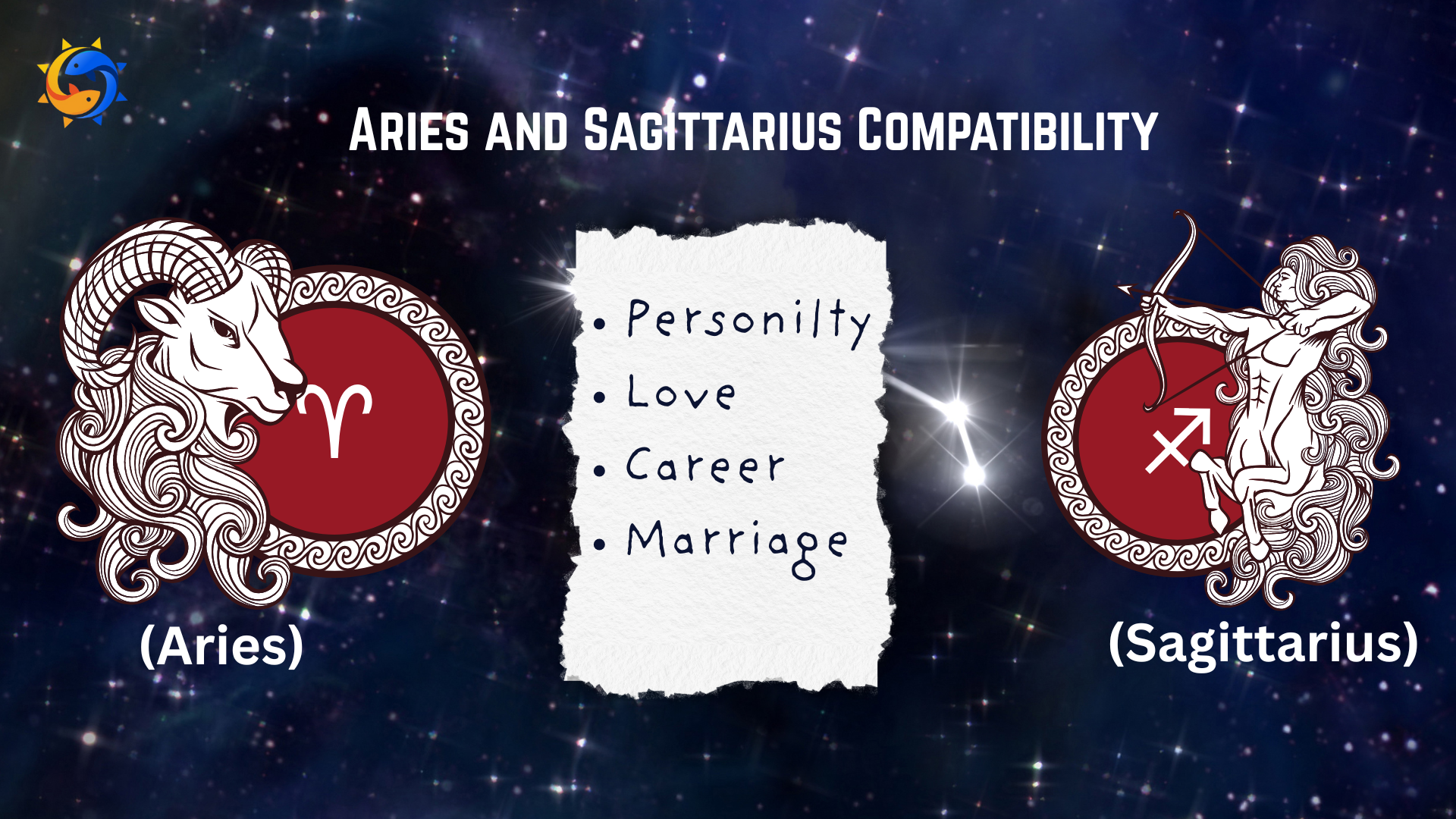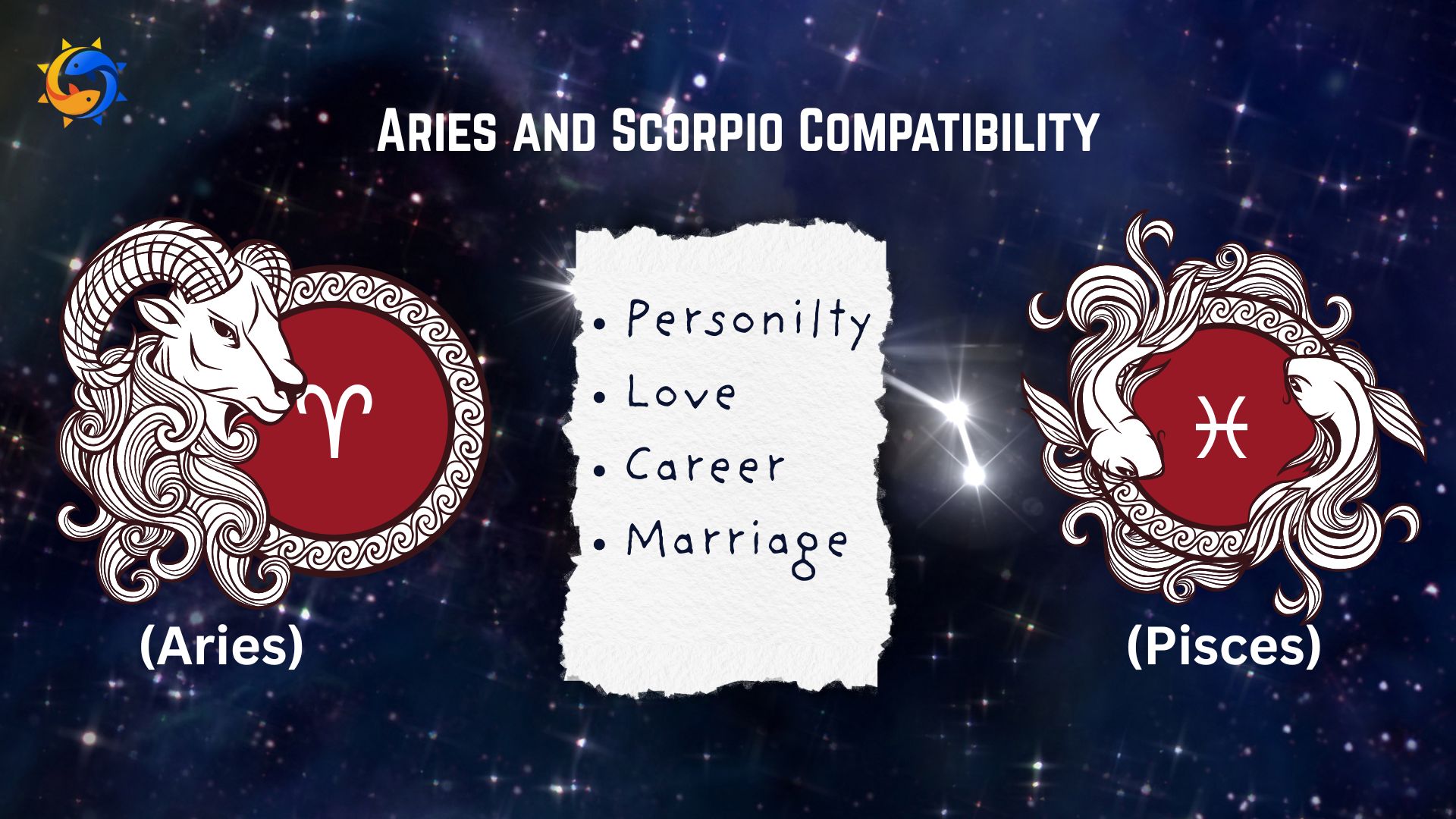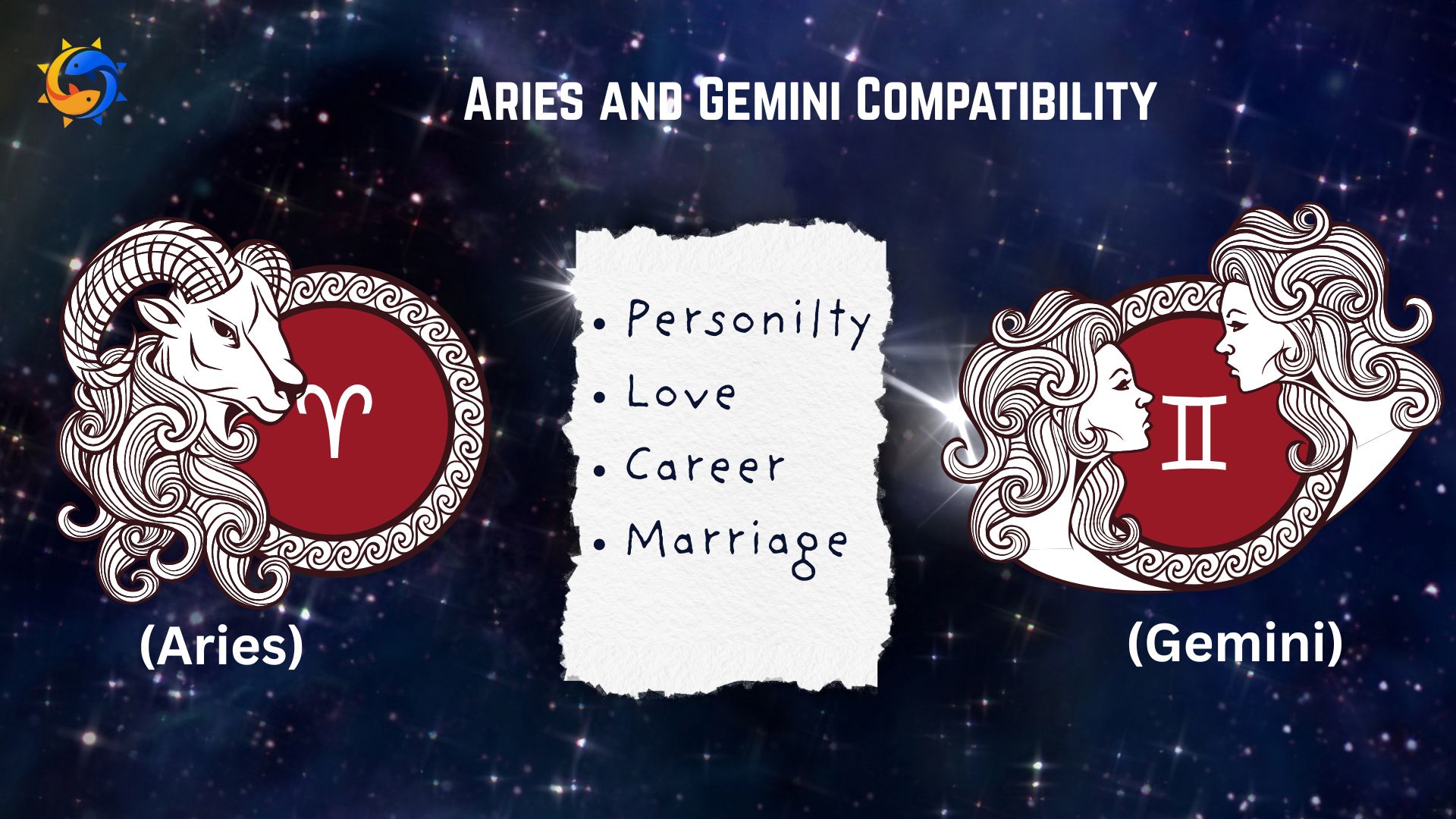
Customer Care
+91 9375 24 4251
About Us
Astrosagga is a brand of Astrological Services and Technical Research Organisation.Astrological Services and Technical Research Organisation takes the ownership of this platform. Astrosagga is one of the famous platforms for the Occult Science courses and consultation.
Our vision is to provide the moral knowledge and concepts of astrology to the people, keeping superficial information far from the society.
We have a huge vision for the students who are keen to learn Occult Science courses & concepts and who are looking forward to get consultation from Astrologers, Numerologist and other Occult Science specialists.
Information
Important Links
Close










